As the rollers partially flatten under the weight of the boat, they broaden their area of contact with the sand and glide over it, conforming to its contours, rather than plowing into it.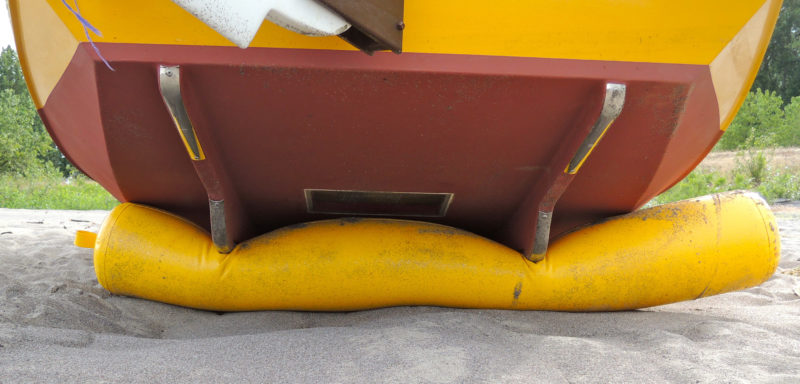 photos and video by the author
photos and video by the author
Join The Conversation
We welcome your comments about this article. To include a photo with your remarks, click Choose File below the Comment box.
Comments (3)
Comments are closed.

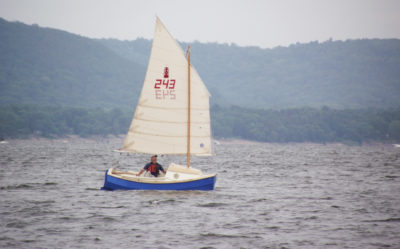
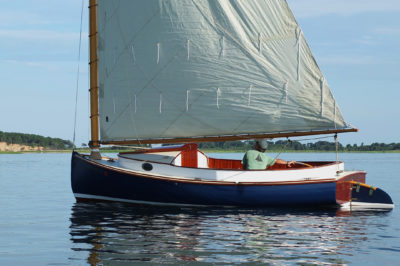
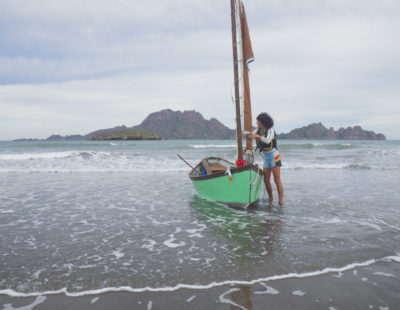
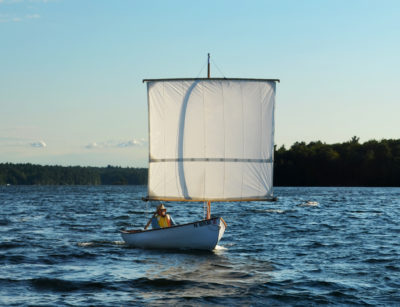
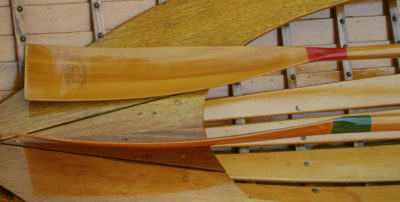
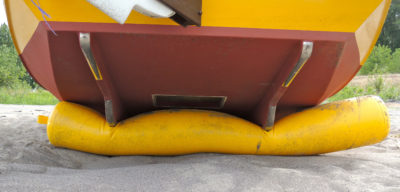
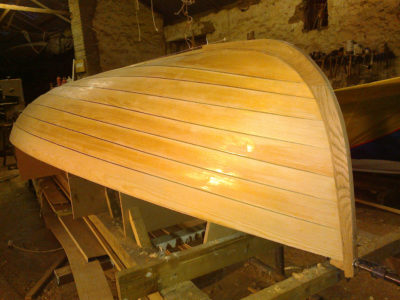
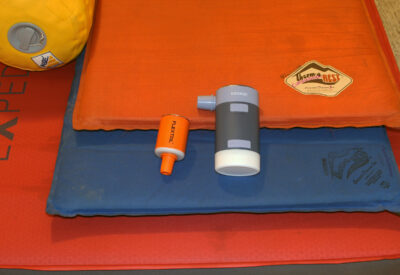
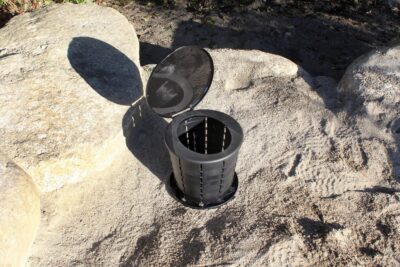
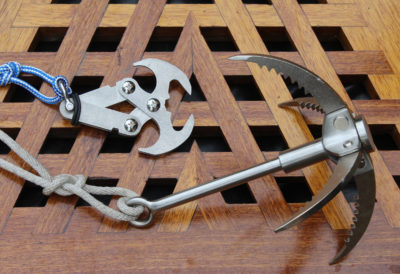
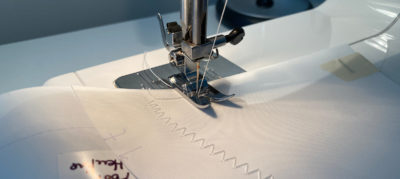
I purchased two of these rollers; their quality of construction is superb. I carry a 5:1 purchase block and tackle with 170 feet of Dacron line to move a Redwing 18 on rollers. A pair of 2″ webbing straps with D-rings placed on each one allows their use as super-sized fenders as well, particularly useful for passing through locks. (See photographs at Duckworks.)
Would these rollers be useful as flotation devices in boats where they could be properly located and secured?
I first saw the Aeré beach rollers at the Chesapeake Maritime Museum’s 2014 Mid Atlantic Small Craft Festival; Bill Rutherford of the John Gardner Chapter of the Traditional Small Craft Association had a pair of them aboard his 13′ peapod. He had bought the rollers specifically for flotation and had not yet tried using them as rollers. You can see them tucked under the thwarts.

A pair of the Aeré rollers occupy about 4.5 cu ft and provide 278 pounds of buoyancy; whether or not that would provide adequate flotation for any boat would be determined by the boat and how well the rollers could be secured low enough to do the most good. A capsize trial to swamp the boat would provide the answer.
Christopher Cunningham, Editor, Small Boats Monthly